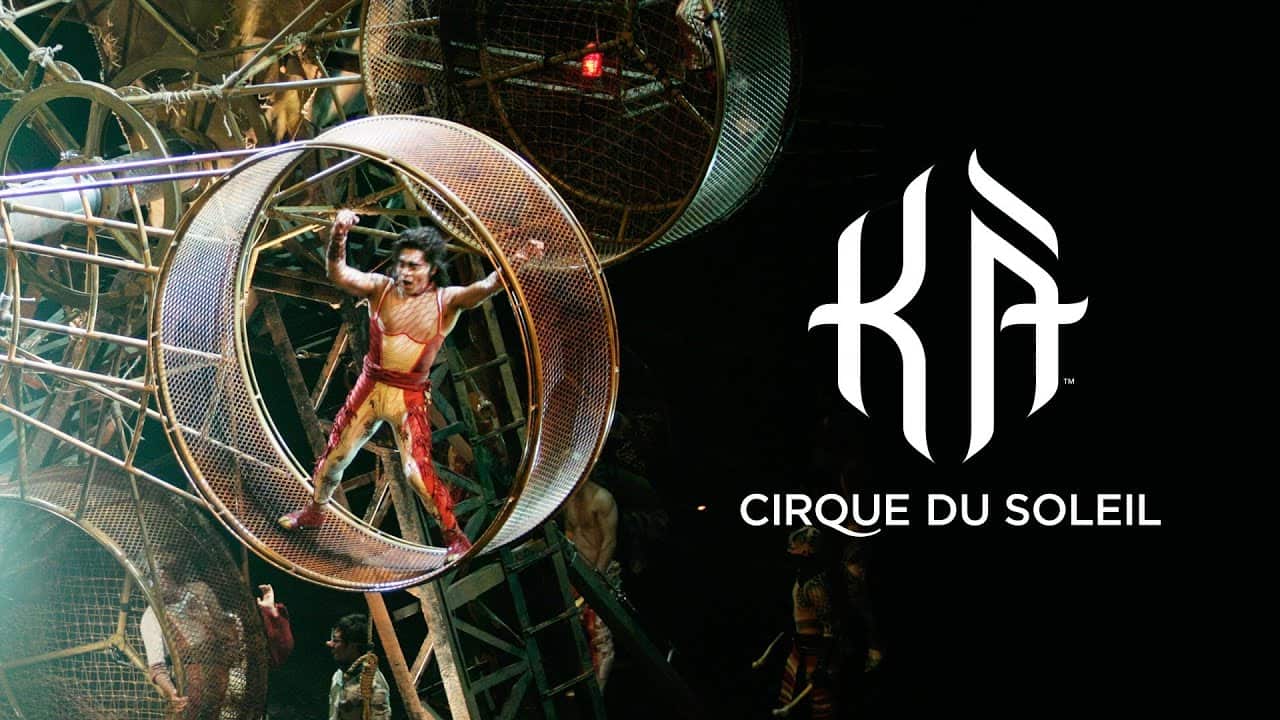Cirque du Soleil came about thanks to the efforts of three young performing artists who met in Baie-Saint-Paul, Two of the men, Daniel Gauthier and Gilles Ste-Croix, ran a hostel for performing artists in the area. The third, Guy Laliberté, was a visiting performer. By the late 1970s, it seemed that the hostel of bright minds could be organized into a synthesized troupe. With this aim in mind, the men set out to gain arts funding that would allow them to organize shows.
After some fantastic efforts, including Ste-Croix walking almost sixty miles on stilts, they were granted funding from the Quebec government. The group of performers puts on enthusiastic shows throughout the coming summer. Unfortunately, they failed to succeed financially at first. With time and effort, the group gained acclaim and focused their efforts on teaching circus arts as well as performing. Finally, they were granted a larger chunk of funding to stage a production, this time under a new name. This was when the great troupe took on the name Cirque du Soleil. They have been stunning audiences across the world ever since.

The group’s first big project, Le Grand Tour du Cirque du Soleil, was a grand success. Despite some issues with structural damage and weather, the shows were greatly acclaimed. Cirque du Soleil quickly became a hot commodity, with audiences responding enthusiastically to these early performances. Cirque du Soleil continued for a second year with a new show, Le Magie Continue and established their core characteristics. The group wanted to tell a story through their shows, rather than simply showing off randomly grouped circus feats. The performers were recruited to move props on and off stage, doing away with any onstage involvement from technical crews. This allowed the storyline to move coherently from one act to the next without any distracting intrusions when the set changed. Moreover, they used emotionally intense music to deepen the audience’s engagement.
These characteristics allowed Cirque du Soleil to do something truly different from other shows at the time. They were revolutionizing circus performance and creating a new form that had never been seen before. They decided against using animals and kept the focus on the amazing feats of their human performers. Similarly, their shows played out on stage instead of in a traditional circus ring. With these changes, audiences were enthralled and more open to the idea of a circus show that incorporated rich storylines. Aside from all of this, the circus performers were just a cut above the rest. This was no basic circus show – Cirque du Soleil staged fascinating, visually extraordinary shows that were unlike anything else. The characteristics of these Cirque du Soleil performances contributed to their popularity at the time and over the years.

